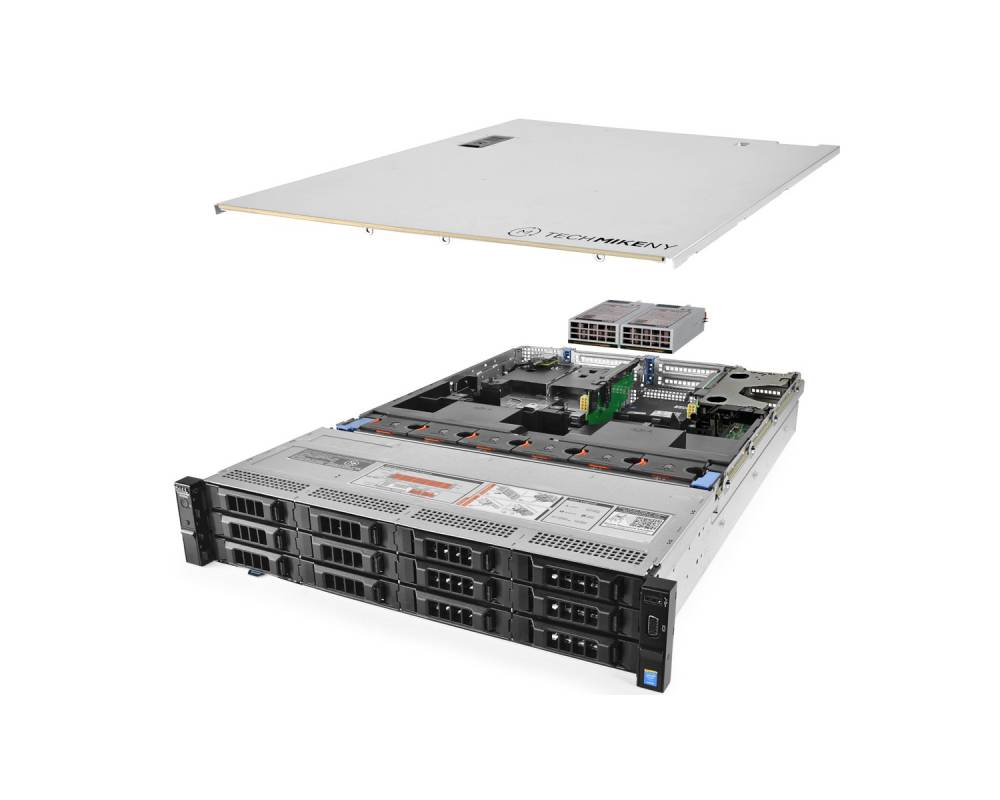What is the meaning of backplane in Dell server?
In the context of Dell servers, a backplane is a critical hardware component that serves as a communication hub connecting various internal components, such as hard drives, SSDs, network cards, and expansion modules, to the server’s motherboard or other core systems. It’s essentially a passive circuit board with connectors and traces that enable data, power, and signal transmission between components without the need for individual cables.

Key Functions of a Backplane in Dell Servers
1, Data Path
It provides a high-speed data pathway for storage devices (e.g., SAS, SATA, NVMe drives) to connect to the server’s RAID controller or storage controller. This ensures efficient data transfer between drives and the system.
2, Power Distribution
Backplanes distribute power from the server’s power supply unit (PSU) to multiple drives or components, eliminating the need for individual power cables for each device.
3, Form Factor and Compatibility
Dell servers use backplanes designed for specific form factors (e.g., 1U, 2U, rack-mounted, or tower servers). They ensure physical compatibility and proper alignment of drives or modules.
4, Redundancy and Reliability
Enterprise-grade Dell servers often include redundant backplanes or support hot-swappable drives, which allow drives to be replaced without powering down the server, minimizing downtime.
Types of Backplanes in Dell Servers
1, Disk Backplanes
Connect hard drives or SSDs to the server’s storage controller. For example, a Dell PowerEdge R750 (a 2U rack server) might use a backplane supporting up to 24x 2.5" drives or 12x 3.5" drives.
2, Mezzanine Backplanes
Enable the connection of mezzanine cards (e.g., network interface cards, HBA cards) to the motherboard, often using connectors like PCIe or Mini SAS.
3, Expansion Backplanes
Allow servers to connect to external storage enclosures (e.g., Dell PowerVault MD arrays) via high-speed interfaces like SAS or Fibre Channel.
Why It Matters
Performance: A high-quality backplane minimizes signal interference and supports high-speed data transfer (e.g., 12Gbps SAS or 32Gbps NVMe).
Scalability: Modular backplanes allow easy upgrades or changes to storage configurations.
Maintenance: Hot-swappable drives connected via backplanes simplify drive replacements during maintenance.
Example in Dell Servers
In a Dell PowerEdge R650 (1U rack server), the backplane might support up to 16x NVMe drives in a dual-controller configuration, enabling high-performance storage for virtualization or database workloads. The backplane design ensures proper cooling, power delivery, and data routing for each drive.
If you need to replace or upgrade a backplane in a Dell server, it’s essential to use components certified for your specific server model to ensure compatibility and warranty coverage.



